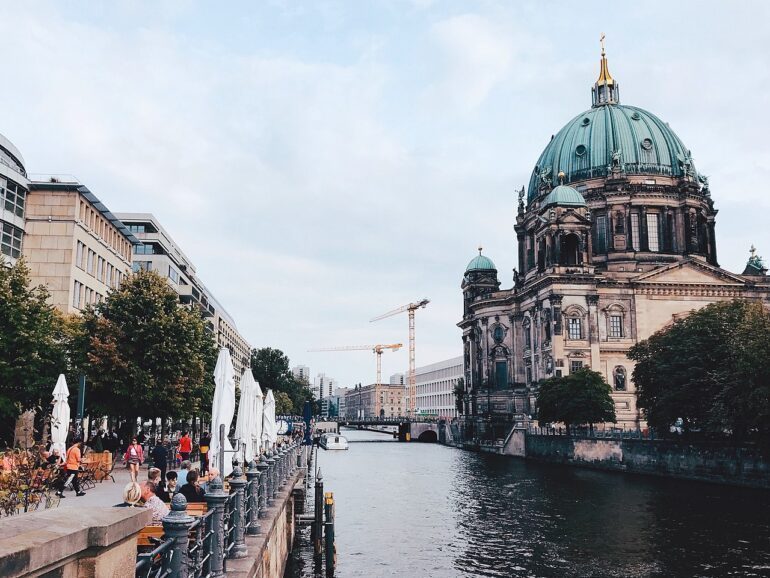The Prussian Cultural Heritage Foundation is one of the largest cultural institutions in the world. It was established in 1957 for bringing art collections and archives from across together. It was to be restructured if West and East Germany ever reunited. But it grew as an institution and merged several separate collections and now experts hold that it has become cumbersome and slow to function.
The size and centralized nature of the foundation make its functioning cumbersome. Decisions take too long and the flexibility of the individual institutions is practically non-existent. Therefore two years ago Federal Commissioner for Culture and the Media, Monika Grütters, commissioned the government’s advisory council of science and humanities to evaluate the umbrella organisation.
The study is yet to be published but various media outlets have already reported on its result. The study reportedly finds that the Prussian Cultural Heritage Foundation is in danger of losing touch with current developments and debates. In other words it could be left straggling behind on international level. The recommendations are that the foundation should be divided into four independent organisations with autonomy, changes in funding.
The results will be released on Monday, the 13th of July.
To read more on the study’s recommendations, log on to DW.
Read more on Germany.

